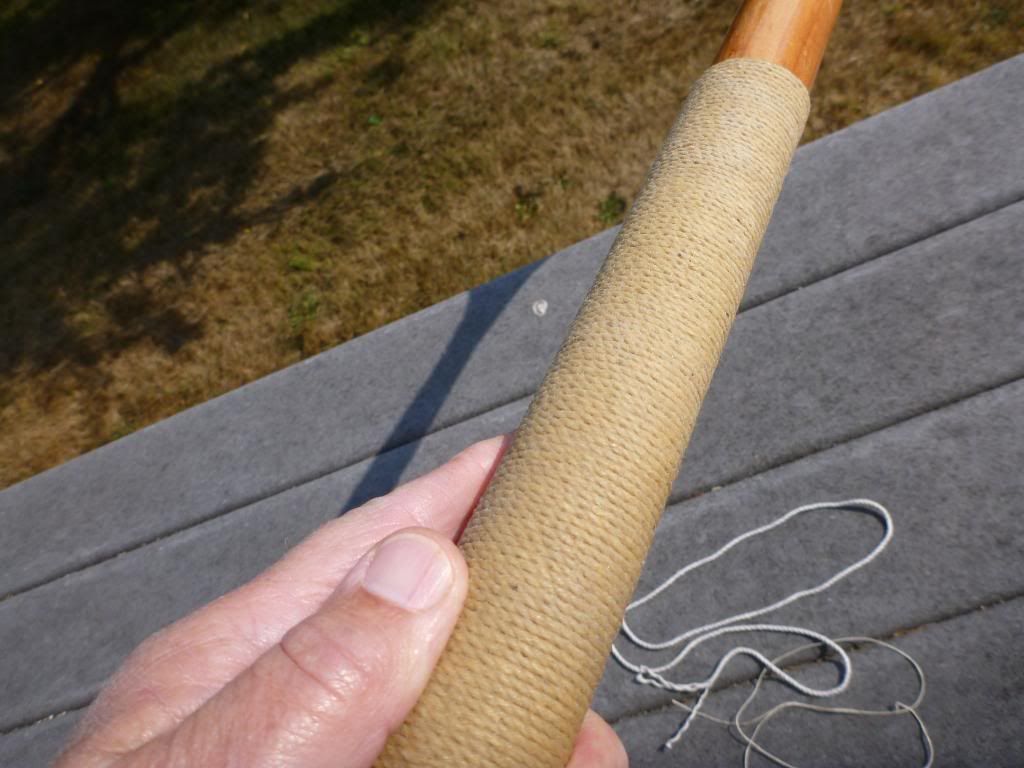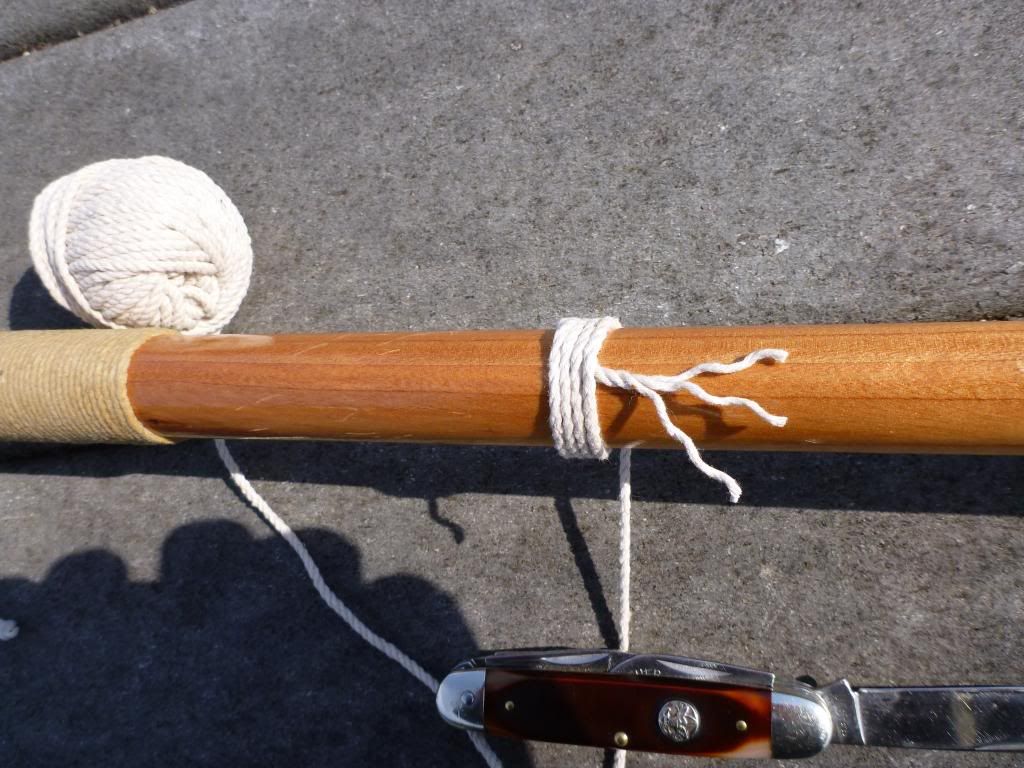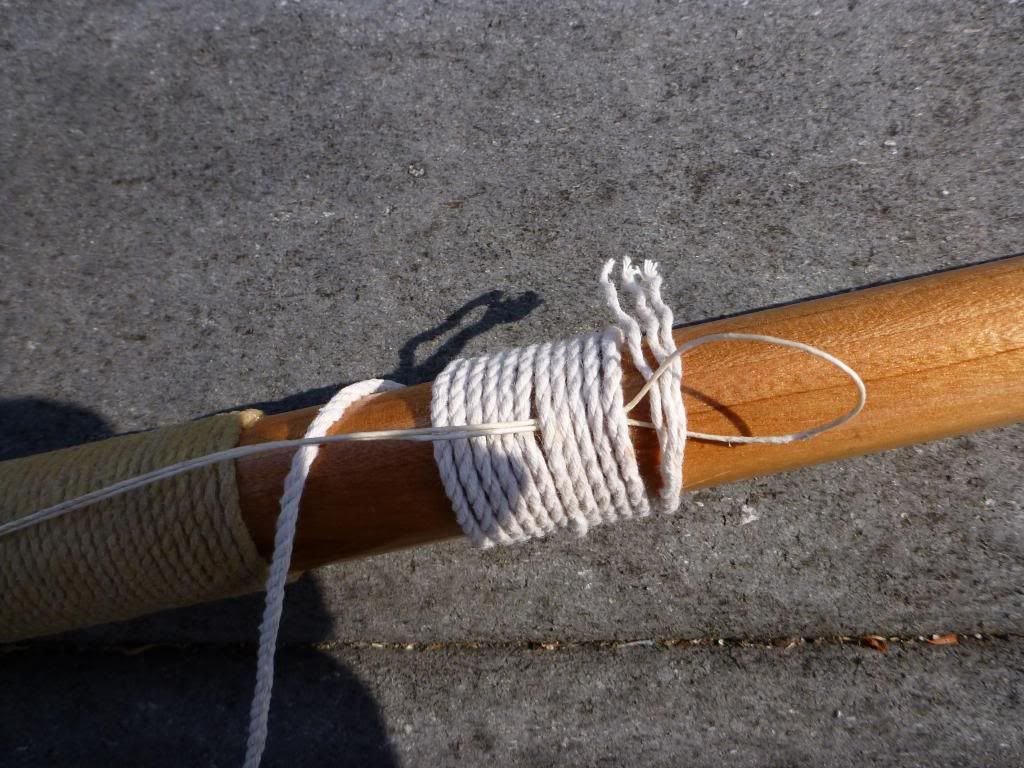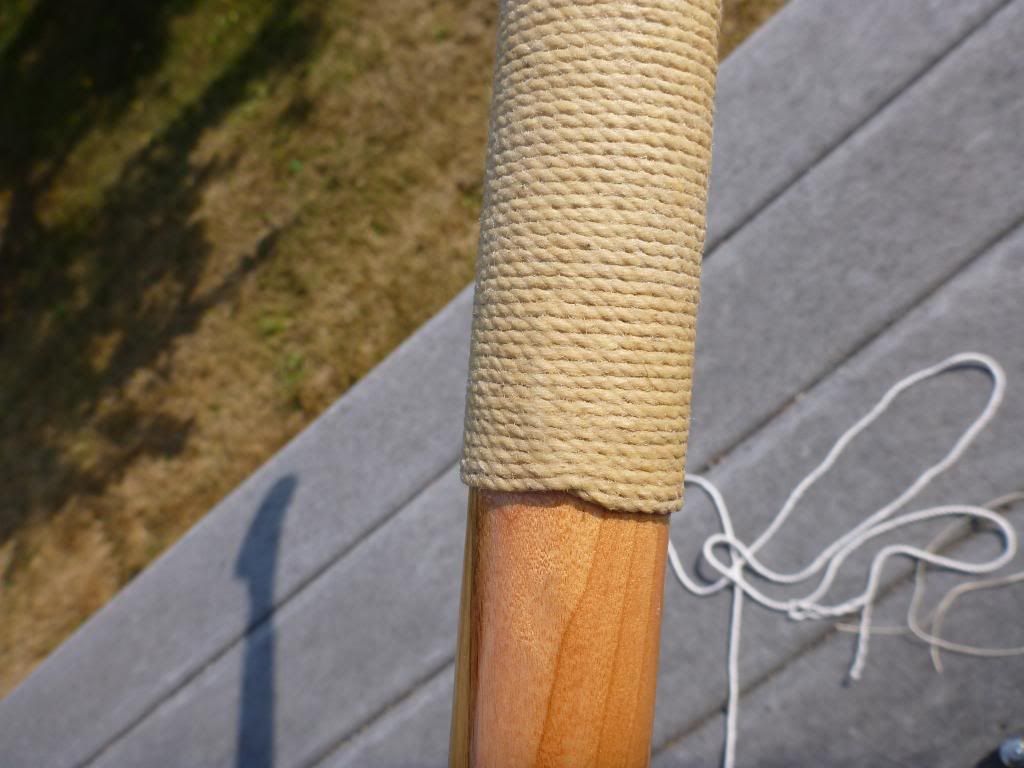G
Guest
Guest
I'm more of a nuts and bolts kind of guy and I'm a bit challenged when it comes to woodwork (some say I am challenged in many other ways as well)...
I have a relatively young FoxWorx blade that I have cracked through the poly down to the wood. The paddle is in tact, not broken, but the poly is destroyed. This happens because I use the gunnel as my fulcrum (aluminum on my Swift) to J and pry.
Can I just sand it down in that area and re-apply some poly? Any tips to keep if from cracking again besides changing my technique?
What type should I use (I have no knowledge of wood coating materials)?
Or should I consider sanding it all the way down and applying some glass and resin to reinforce that area?
I have a relatively young FoxWorx blade that I have cracked through the poly down to the wood. The paddle is in tact, not broken, but the poly is destroyed. This happens because I use the gunnel as my fulcrum (aluminum on my Swift) to J and pry.
Can I just sand it down in that area and re-apply some poly? Any tips to keep if from cracking again besides changing my technique?
What type should I use (I have no knowledge of wood coating materials)?
Or should I consider sanding it all the way down and applying some glass and resin to reinforce that area?
Last edited:




